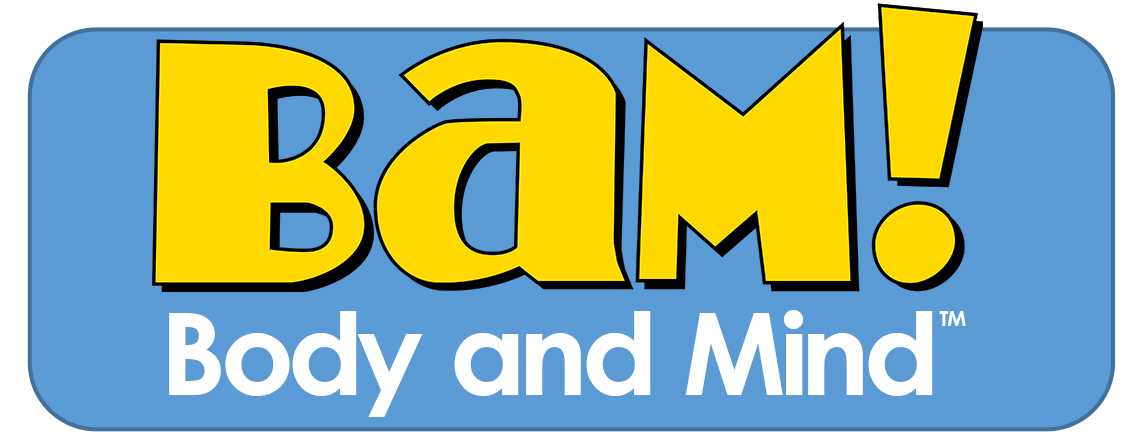Components of the Whole School, Whole Community, Whole Child (WSCC)
Health Education
Formal, structured health education consists of any combination of planned learning experiences that provide the opportunity to acquire information and the skills students need to make quality health decisions. When provided by qualified, trained teachers, health education helps students acquire the knowledge, attitudes, and skills they need for making health-promoting decisions, achieving health literacy, adopting health-enhancing behaviors, and promoting the health of others. Comprehensive school health education includes curricula and instruction for students in pre-K through grade 12 that address a variety of topics such as alcohol and other drug use and abuse, healthy eating/nutrition, mental and emotional health, personal health and wellness, physical activity, safety and injury prevention, sexual health, tobacco use, and violence prevention. Health education curricula and instruction should address the National Health Education Standards (NHES) and incorporate the characteristics of an effective health education curriculum. Health education, based on an assessment of student health needs and planned in collaboration with the community, ensures reinforcement of health messages that are relevant for students and meet community needs. Students might also acquire health information through education that occurs as part of a patient visit with a school nurse, through posters or public service announcements, or through conversations with family and peers.
Nutrition Environment and Services
The school nutrition environment provides students with opportunities to learn about and practice healthy eating through available foods and beverages, nutrition education, and messages about food in the cafeteria and throughout the school campus. Students may have access to foods and beverages in a variety of venues at school including the cafeteria, vending machines, grab ‘n’ go kiosks, schools stores, concession stands, classroom rewards, classroom parties, school celebrations, and fundraisers.
School nutrition services provide meals that meet federal nutrition standards for the National School Lunch and Breakfast Programs, accommodate the health and nutrition needs of all students, and help ensure that foods and beverages sold outside of the school meal programs (i.e., competitive foods) meet Smart Snacks in School nutrition standards. School nutrition professionals should meet minimum education requirements and receive annual professional development and training to ensure that they have the knowledge and skills to provide these services. All individuals in the school community support a healthy school nutrition environment by marketing and promoting healthier foods and beverages, encouraging participation in the school meal programs, role-modeling healthy eating behaviors, and ensuring that students have access to free drinking water throughout the school day.
Healthy eating has been linked in studies to improved learning outcomes and helps ensure that students are able to reach their potential.
Employee Wellness
Schools are not only places of learning, but they are also worksites. Fostering school employees’ physical and mental health protects school staff, and by doing so, helps to support students’ health and academic success. Healthy school employees—including teachers, administrators, bus drivers, cafeteria and custodial staff, and contractors—are more productive and less likely to be absent. They serve as powerful role models for students and may increase their attention to students’ health. Schools can create work environments that support healthy eating, adopt active lifestyles, be tobacco free, manage stress, and avoid injury and exposure to hazards (e.g., mold, asbestos). A comprehensive school employee wellness approach is a coordinated set of programs, policies, benefits, and environmental supports designed to address multiple risk factors (e.g., lack of physical activity, tobacco use) and health conditions (e.g., diabetes, depression) to meet the health and safety needs of all employees. Partnerships between school districts and their health insurance providers can help offer resources, including personalized health assessments and flu vaccinations. Employee wellness programs and healthy work environments can improve a district’s bottom line by decreasing employee health insurance premiums, reducing employee turnover, and cutting costs of substitutes.
Social and Emotional School Climate
Social and Emotional School Climate refers to the psychosocial aspects of students’ educational experience that influence their social and emotional development. The social and emotional climate of a school can impact student engagement in school activities; relationships with other students, staff, family, and community; and academic performance. A positive social and emotional school climate is conducive to effective teaching and learning. Such climates promote health, growth, and development by providing a safe and supportive learning environment.
Physical Environment
Health Services
Counseling, Psychological, and Social Services
Community Involvement
Family Engagement
Physical Education and Physical Activity
Schools can create an environment that offers many opportunities for students to be physically active throughout the school day. A comprehensive school physical activity program (CSPAP) is the national framework for physical education and youth physical activity. A CSPAP reflects strong coordination across five components: physical education, physical activity during school, physical activity before and after school, staff involvement, and family and community engagement. Physical education serves as the foundation of a CSPAP and is an academic subject characterized by a planned, sequential K-12 curriculum (course of study) that is based on the national standards for physical education. Physical education provides cognitive content and instruction designed to develop motor skills, knowledge, and behaviors for healthy active living, physical fitness, sportsmanship, self-efficacy, and emotional intelligence. A well-designed physical education program provides the opportunity for students to learn key concepts and practice critical skills needed to establish and maintain physically active lifestyles throughout childhood, adolescence and into adulthood. Teachers should be certified or licensed, and endorsed by the state to teach physical education.
- Page last reviewed: August 19, 2015
- Page last updated: August 19, 2015
- Content source:



 ShareCompartir
ShareCompartir